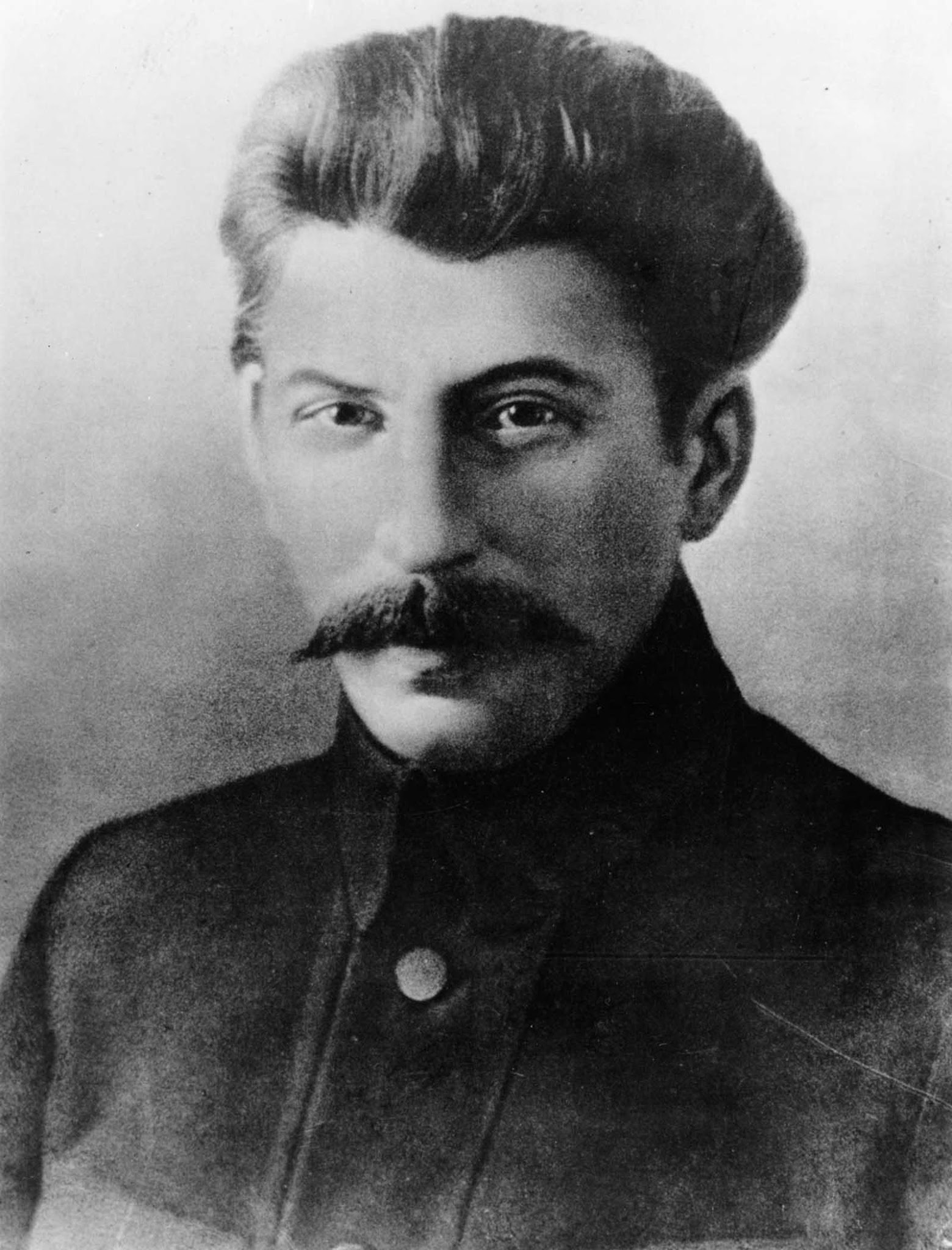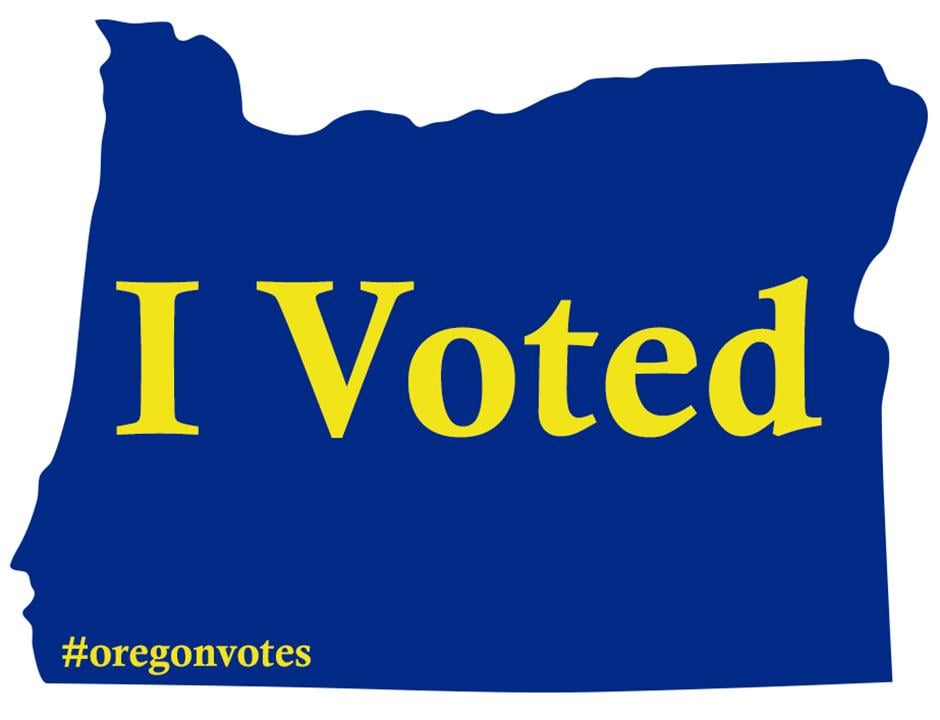I was reading a book, The Victorian Internet, which talked about how connected the Victorian era was, with wires stretching everywhere above the roads. It’s probably exaggerated, but it got me thinking. There are many ways to engage in en masse interconnectivity. Computers, of course, are one of them, but we also have had, for example, messenger pigeons, drones we can send to different places, search dogs with an interconnected sniff system (I forgot what that was called), etc.
Suppose you had a civilization. Maybe it’s on a planet whose environment interferes with the capabilities of a classic internet, or maybe it’s a normal fantasy setting where the classic internet is cursed. However, the civilization still needs some kind of apparatus of interconnectivity. What’s the best/closest thing you can think of as a replacement for the internet without it being the internet as we know it?
The Inca Chasqui system. Privately-run ones would perform much of the task
Please, we’ve upgraded to RFC 6214
The entire world ran without the internet until a few years ago.
London had something like ten mail deliveries a day before the telephone was invented.
“The Man In The Iron Mask” talks about the French semaphore towers.
They have called the internet a series of tubes which is true to a degree.
Pneumatic tubes are still used in some places to send documents over a distance quickly.
There are a few things that are core to sending and receiving data and it would pay to read up on some computer networking protocols, particularly those that are a part of the TCP/IP Suite of protocols.
You want the data to be sent fast. A higher throughput means that more data can move in a shorter amount of time.
Depending on the type of data, you may or may not want the data to be received in its entirety. TCP was designed for a post-nuclear war scenario in which the lines that carry the data might be spotty, so it insures that all data sent is eventually received even if every other packet of data is lost on the way.
For real-time data, think live streams or video or voice call data, you dont necessarily care if one or two frames of a video get dropped on the way over because it is still good enough to understand what was sent. UDP works this way, basically firing the data down a line fast but not checking if each packet was received.
You want the data to be sent securely. SSL/TLS makes it so that no one can spy on your packets of data when they are in transit.
You want to make each packet of data dense with information. There are many ways this can be achieved, but a comparison would be something like making use of the back of a piece of paper as well as the front when writing a letter. In history, people would sometimes write letters normally, then if they needed more room, they would turn the paper 90 degrees and continue writing in that direction. The words are still readable even though they cross over other words on the page and it doubles the capacity of the data the piece of paper can hold. If you used the front and back of a page and used this method, you have multiplied the amount of data that you can store on the paper by 4.
I might have further ideas for you that might be helpful, and if I think of more I will edit this comment, but because this is a world-building type of topic, I would invite you to post this question to a community I moderate, as I am sure some people there have thought this over.
If we’re talking about using existing technology to achieve a semblance of Internet functionality without the Internet, that might include Sneakernet, Pirateboxes, and Deadswaps. Or if you want to get sci-fi with it, there might be human couriers or data mules like in Johnny Mnemonic.
Not hypothetical. Ours is cursed already.
First we’d need to define “internet” for this purpose. Does classic mail qualify? It certainly can carry more data than pidgeons, and if you can still have computers you might get relatively close to the 90s internet by sending data by mail (especially when you’re communicating with people within a day’s travel, rather than on the other side of the earth).
Other than that, you can do a lot with visual signals. In the Discworld novels, they developed a kind of optical telegraph network with a technique that is somewhat similar to ship flag communication, and optical telegraphy exists/existed in the real world, too, though it never got much traction. If you have computers, you might be able to get pretty alright data rates with something like that.
IMO, post, but bidirectional. 1-2 times a day post gets not only deposited in your letterbox, but also collected (I added this bit for convenience so that you don’t have to walk to the nearest postbox evwry time you want to comment on something in the news).
You know I think just the freedom of people is enough. People will naturally share and talk about what is important and interesting if they can go where they want and say what they want. They move the information as well as filter it for relevance.
The internet as we know it today is coercive; most of it is designed and run with opaque, narrow and self-interested goals. It has penetrated our thoughts, feelings, behaviour and culture, with very limited accountability or critical evaluation. And even just the sheer bandwidth of it on a user level is paralysing.
The internet interacts with the human appetite for information in the same way as processed foods do with our impulse to eat. We’ve freed ourselves from the limitation of supply but do not moderate our demand.
My own imagining of a better and different internet would be based on people and places rather than screens or other abstractions. We would have plenty of comfortable and non-exclusive public places to meet, excellent train services to get between those places and each others homes (trains are pro-social and have unbeatable efficency) and a system and philosophy of education that is based on critical thinking rather than arbitrary tasks.
Information technology would be peripheral to our relationships and experience and would be used as a tool to serve our own free interests rather than being an end in itself.
I forget the name of the project or institution and I’m not sure if the book covers this. Either in the late 19th or early 20th century a set of libraries/archives were created that you could call on the phone, theoretically from anywhere in the world. You could ask the staff questions and they had a sort of database of punch cards they could use to find the information you wanted.
LinkedIn:








